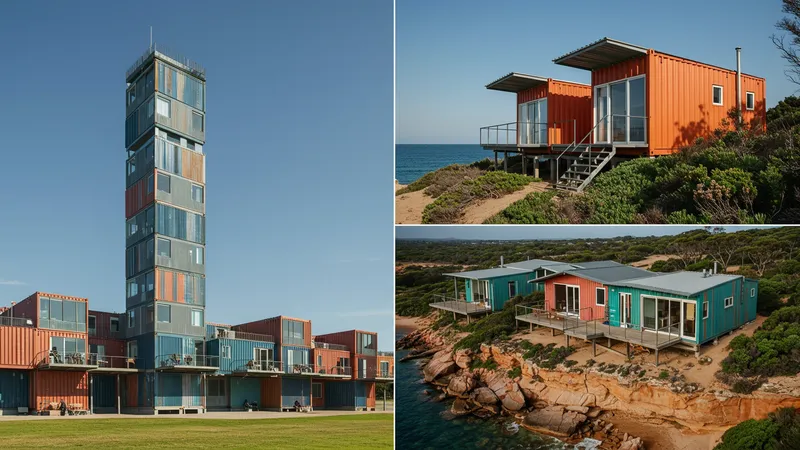
Affordable Container Homes: A Sustainable And Budget-Friendly Housing Solution
Container Living Around the World
Shipping container homes have captured the imagination of thousands across continents, inspiring remarkable architectural feats and transforming mundane structures into global design icons. In the Netherlands, for instance, a colossal student dormitory managed to maximize limited space with container housing, providing chic, affordable accommodations. Such implementations showcase the potential of container homes beyond personal residences, unveiling novel solutions for densely populated regions. Who would have thought these weathered boxes could harbor global potential?

Moreover, Australia has become a breeding ground for masterfully designed container homes that blend seamlessly into the rugged landscapes. From airy coastal villas to streamlined urban cocoons, these homes marry traditional aesthetics with contemporary functionality. As Australians seek to tackle both affordability and environmental sustainability, container architecture seems like a match made in paradise. How else do you think container living is challenging the norms in unexpected places worldwide?
Countries like Costa Rica spearhead initiatives that employ container homes for disaster relief, due to their sturdy, stackable nature. When faced with natural disasters, these easily deployable shelters offer quick solutions and comfort without compromising durability. The added bonus? They often occupy existing shipping routes, saving crucial resources and time. Could shipping containers redefine emergency response and humanitarian housing forever?
Creative uses of container homes extend even further, captivating wanderlust-filled minds with pop-up hotels and mobile cafes. In Japan, sleek capsule hotels and quirky cafes boast minimalist sophistication, converting passing trend into cultural phenomenon. As global citizens look to redefine conventional living and traveling norms, container homes offer a spectrum of possibilities. What might a city’s architectural fabric look like with these innovative additions?